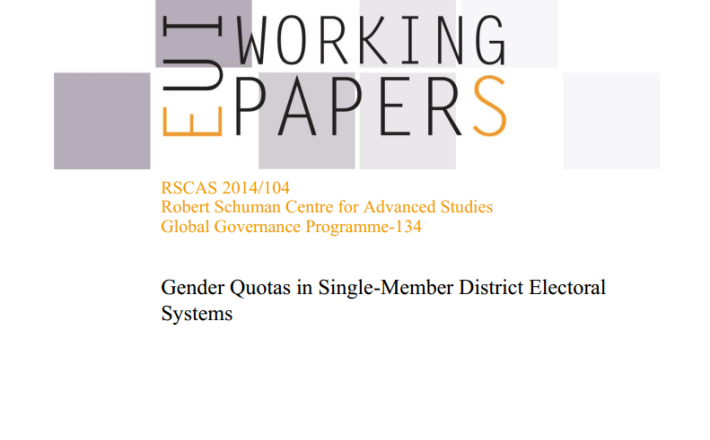Gender quotas in single-member district electoral systems
Conventional knowledge on the effectiveness of gender quotas for enhancing women’s political participation has, to date, been unanimous on the superiority of quotas in proportional representation (PR) systems. Yet this view overlooks the many possible alternatives to implementing gender quotas in single-member district (SMD) systems. This paper studies gender quotas (or temporary special measures, TSMs) in SMD electoral systems. Drawing on case examples from Uganda, France, India and elsewhere, we refute the myth of the incompatibility of quotas in SMDs. Our research investigates and presents multiple ways in which quotas can be successfully implemented in SMDs.

Conventional knowledge on the effectiveness of gender quotas for enhancing women’s political participation has, to date, been unanimous on the superiority of quotas in proportional representation (PR) systems. Yet this view overlooks the many possible alternatives to implementing gender quotas in single-member district (SMD) systems. This paper studies gender quotas (or temporary special measures, TSMs) in SMD electoral systems. Drawing on case examples from Uganda, France, India and elsewhere, we refute the myth of the incompatibility of quotas in SMDs. Our research investigates and presents multiple ways in which quotas can be successfully implemented in SMDs.